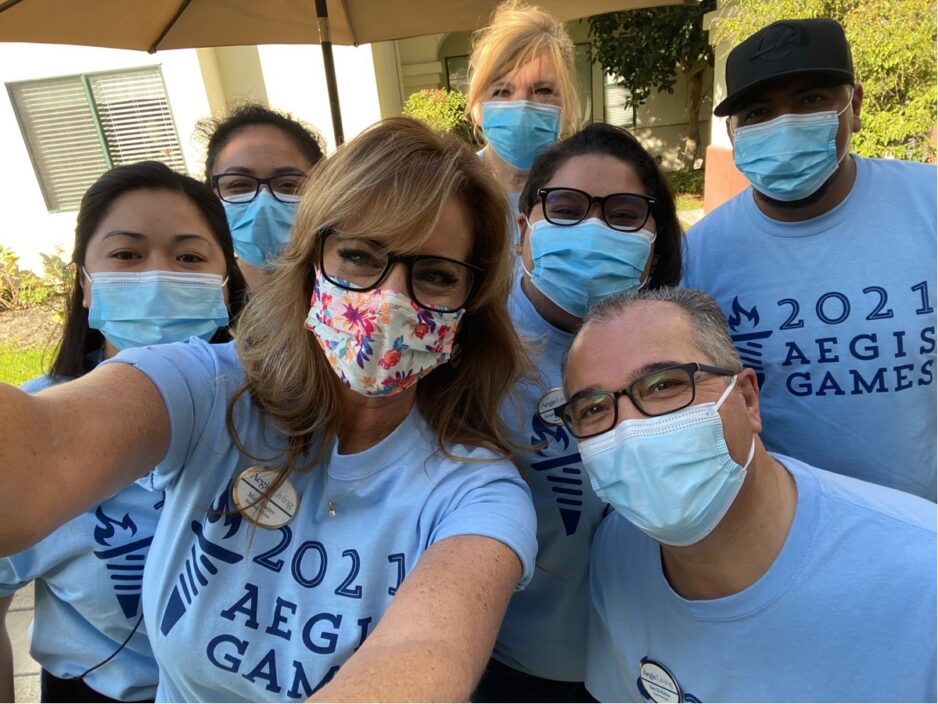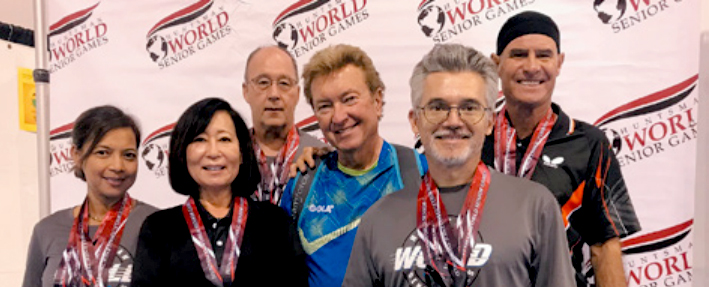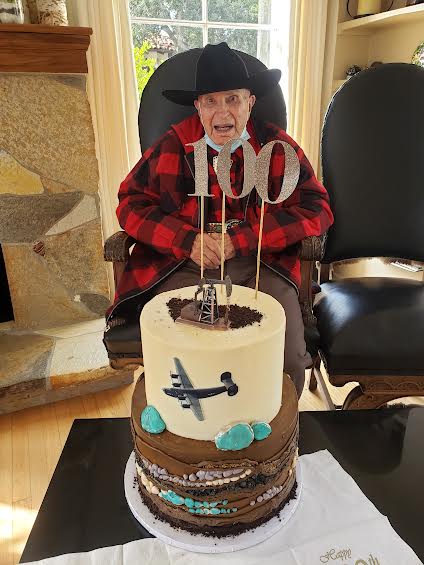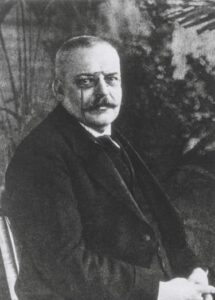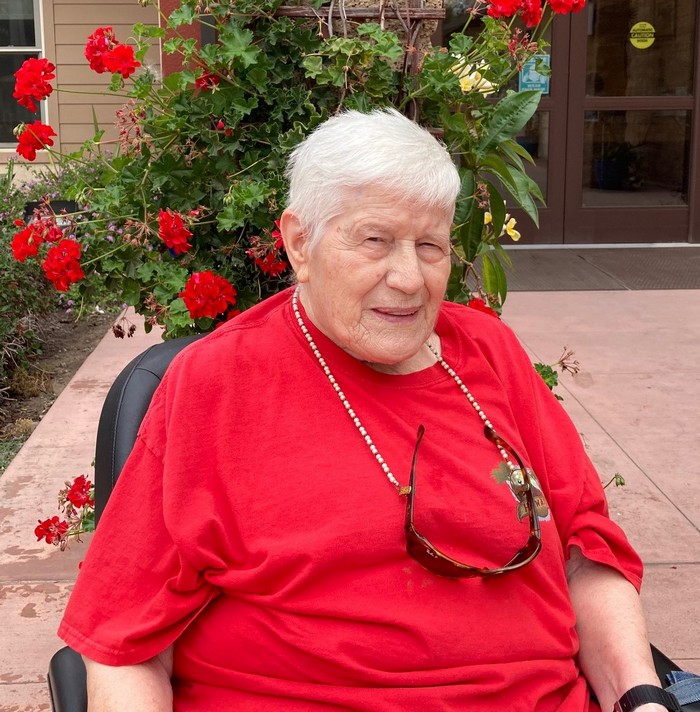Aegis Living had more than 30 residents participating in the Games.
The entire world watched as the Summer Olympics finally commenced following coronavirus pandemic delays. The crowds were smaller than usual, but the energy and enthusiasm were hard to beat.
A similar energy was felt just this last week at Aegis Living Ventura, an assisted living and memory care community, as it hosted the first ever Aegis Games for residents and staff. The Olympic-style Games kicked off with opening ceremonies October 11 and concluded on October 25. The Games were designed to have something for every resident, including more than 25 events – from twice-weekly trivia with former Olympians (Janet Evans, Shannon Miller, John Naber to name a few) to a daily walkathon, Giant Jenga, Discus Throw, Relays, Word Unscramble, and much more.
“We are always looking for new ways to stimulate the mind, body, and spirit of our residents and staff,” said Chris Corrigall, Vice President of Life Enrichment at Aegis Living. “Aegis Games started as a fun idea with the Summer Olympics taking place and transformed into a full two weeks of lively programming for our 5,000 residents and staff. We couldn’t be happier to see everyone together and celebrating just like old times.”
Aegis Living Ventura had more than 30 residents participating in the Games. While each day was fun filled, the residents especially enjoyed coming together across assisted living and memory care and celebrating their accomplishments during the closing ceremonies, where every resident received a medal. Residents also received a special visit from Dwayne Clark, the company’s Founder and CEO, who came to celebrate as the Games carried on.
“Here at Aegis, we are part of creating memories,” said Mary Sawyer, an Aegis Ventura team member. “Our lives are enriched every day by our residents and giving back to them is truly amazing. Here, we believe growing old is inevitable, but growing up is optional.”
The Games were such a hit there is talk of it being an annual tradition.
